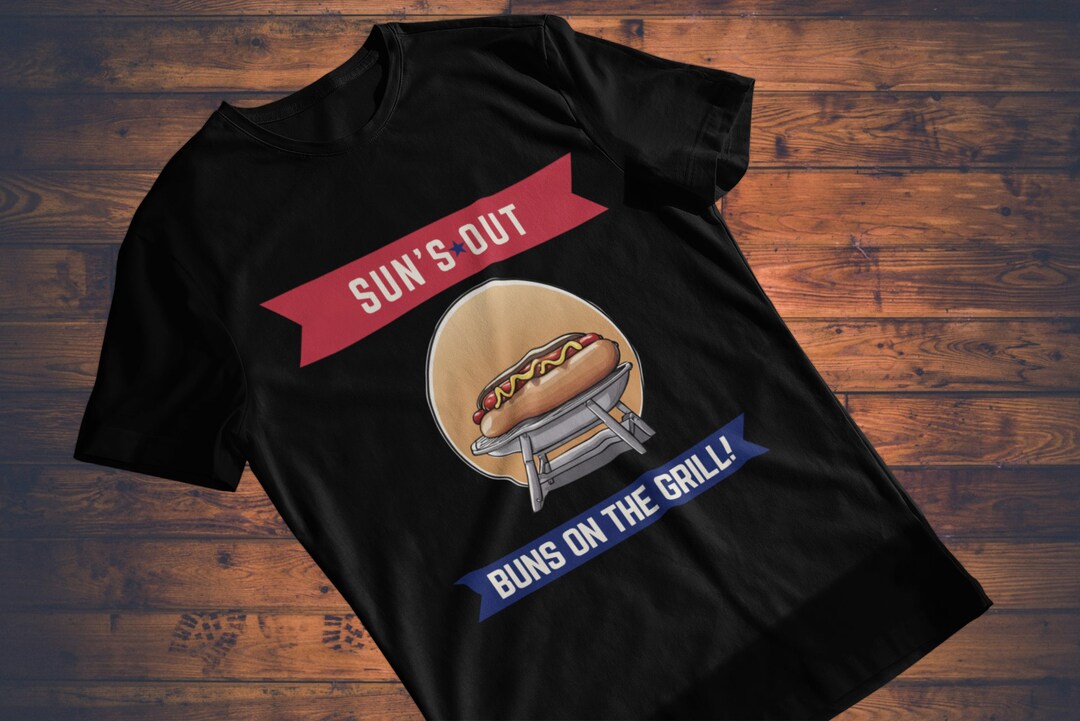🚀 Looking for Reliable Web Hosting Solutions? 🌐
Discover Selfhosting.ge – your all-in-one platform for domains, hosting, VPS, dedicated servers, and cloud solutions. We specialize in empowering small and medium-sized businesses with fast, secure, and reliable hosting services. 💻🔒
Join us and take your business to the next level with hosting solutions tailored to your needs.
👉 Sign up today at Selfhosting.ge and unlock the potential of your online presence! 🌟
#WebHosting #VPS #DedicatedServers #CloudSolutions #Selfhosting #DigitalSolutions #WebDevelopment
Discover Selfhosting.ge – your all-in-one platform for domains, hosting, VPS, dedicated servers, and cloud solutions. We specialize in empowering small and medium-sized businesses with fast, secure, and reliable hosting services. 💻🔒
Join us and take your business to the next level with hosting solutions tailored to your needs.
👉 Sign up today at Selfhosting.ge and unlock the potential of your online presence! 🌟
#WebHosting #VPS #DedicatedServers #CloudSolutions #Selfhosting #DigitalSolutions #WebDevelopment
🚀 Looking for Reliable Web Hosting Solutions? 🌐
Discover Selfhosting.ge – your all-in-one platform for domains, hosting, VPS, dedicated servers, and cloud solutions. We specialize in empowering small and medium-sized businesses with fast, secure, and reliable hosting services. 💻🔒
Join us and take your business to the next level with hosting solutions tailored to your needs.
👉 Sign up today at Selfhosting.ge and unlock the potential of your online presence! 🌟
#WebHosting #VPS #DedicatedServers #CloudSolutions #Selfhosting #DigitalSolutions #WebDevelopment
0 Comments
0 Shares
182 Views







